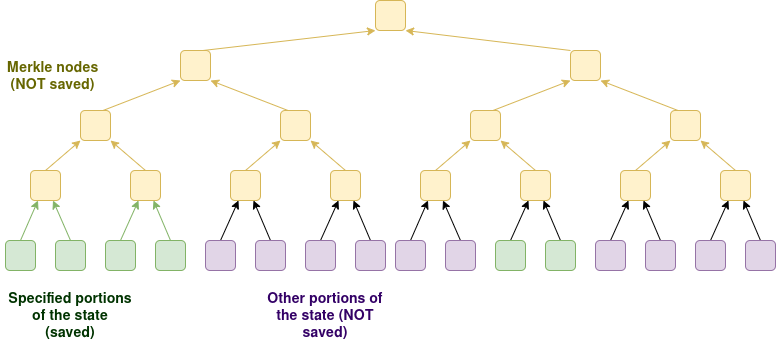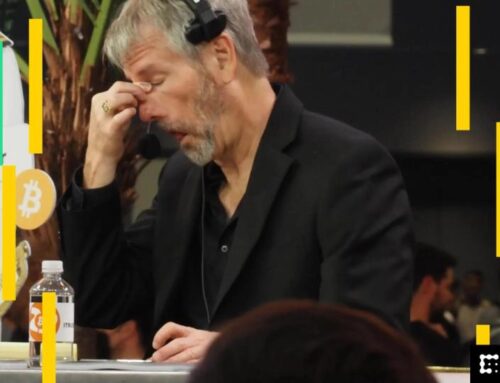Vitalik Buterin Reveals Pivotal Ethereum Plan
May 19, 2025
A revolutionary update to Ethereum‘s scaling roadmap has been revealed by Vitalik Buterin, with the goal of making it much easier for users to operate local personal nodes. This new vision’s main goal is to address the constraints placed on users by full nodes in a high-gas-limit layer-1 environment, particularly for those who value decentralization, privacy and trustlessness.
Advertisement
Although cryptographic solutions to trust and privacy issues are provided by Zero-Knowledge EVMs (ZK-EVMs) and methods such as Private Information Retrieval (PIR), Buterin contends that these are insufficient. Nodes that are entirely self-hosted continue to offer unparalleled censorship resistance and metadata privacy. Even cryptographically verified and relying only on centralized RPC providers exposes users to data profiling and censorship.

The implementation of EIP-4444, which will drastically reduce disk space usage by reducing node history storage to just 36 days, is essential to Buterin’s suggested strategy. Beyond that, he supports a distributed history storage system that uses erasure coding to guarantee data availability over the long term without requiring centralized reliance. This idea of partially stateless nodes is perhaps the most novel.
Advertisement
These nodes preserve only a user-specified subset of the state while statelessly validating blocks. Without having to deal with the full Ethereum state tree, this allows users complete trustless access to the information that is most important to them, such as a curated list of ERC-20 tokens, commonly used dApps or recent account activity. The efficiency and scalability of statelessness are successfully combined with the privacy and practicality of local state access in this model.
Merkle proofs are not necessary with on-chain configuration contracts, which allow users to customize the state retention of their nodes while providing smooth RPC interactions. Adjustments to gas prices are also suggested, which would lower execution costs while raising the cost of state creation.
This synchronizes financial rewards with the sustainability and health of the network. However, this approach makes it clear that Buterin wants personal full node operation to continue to be feasible, accessible and relevant in an increasingly complex network, even though Ethereum’s L1 scalability problem is far from resolved.
Search
RECENT PRESS RELEASES
Related Post





